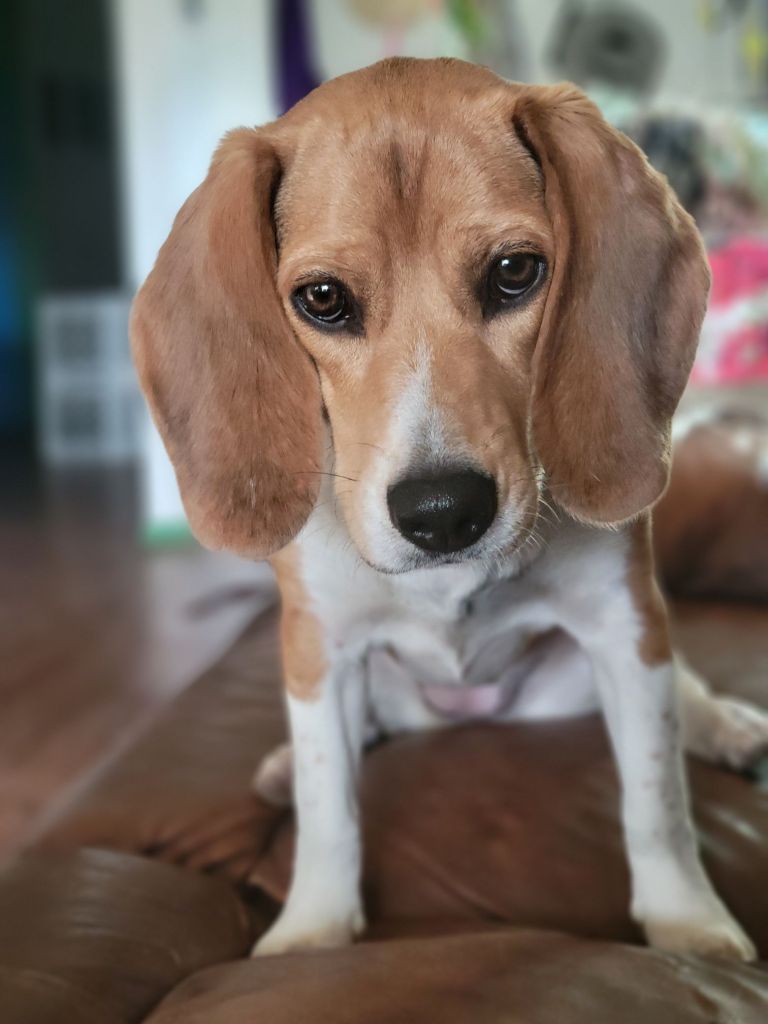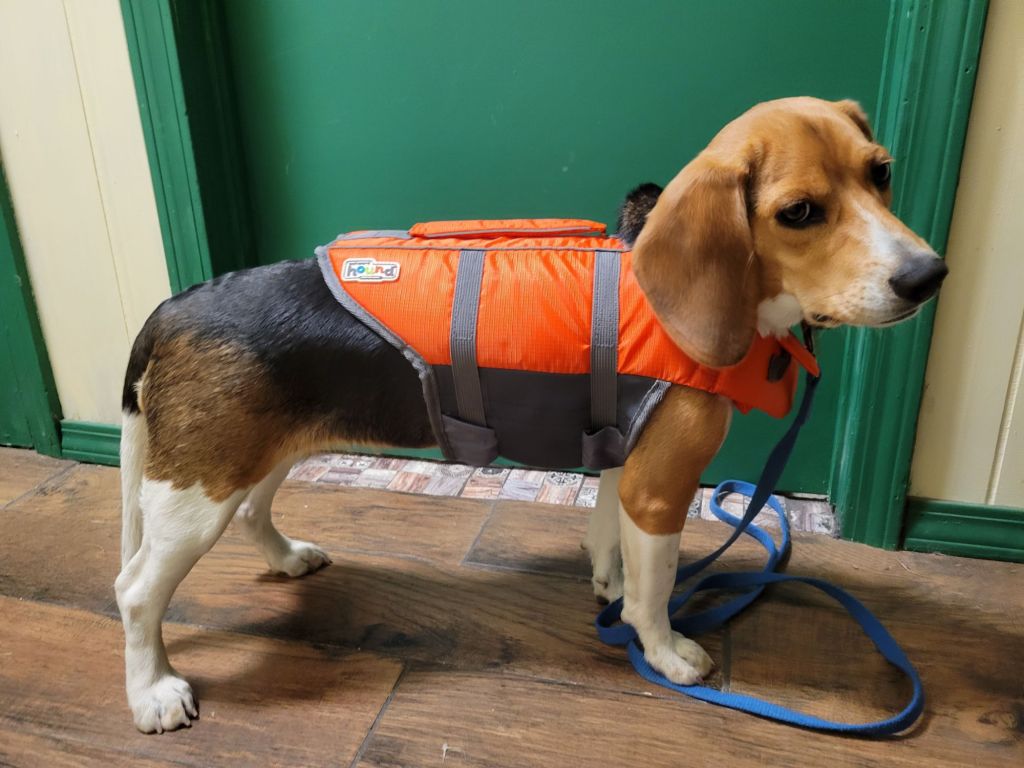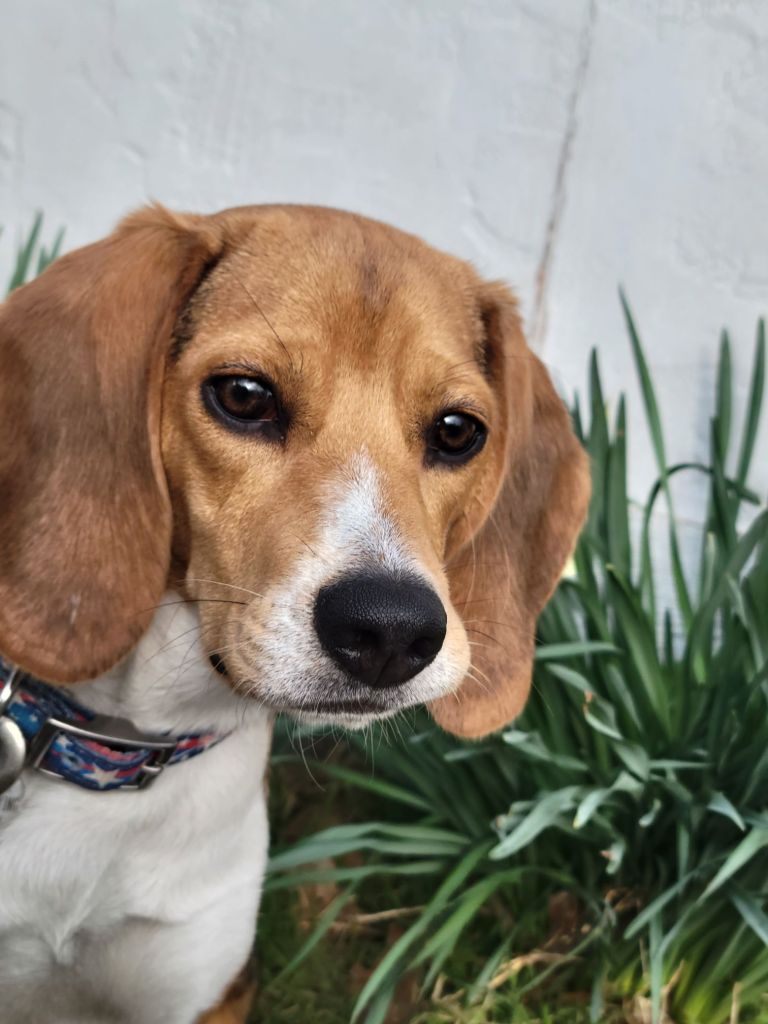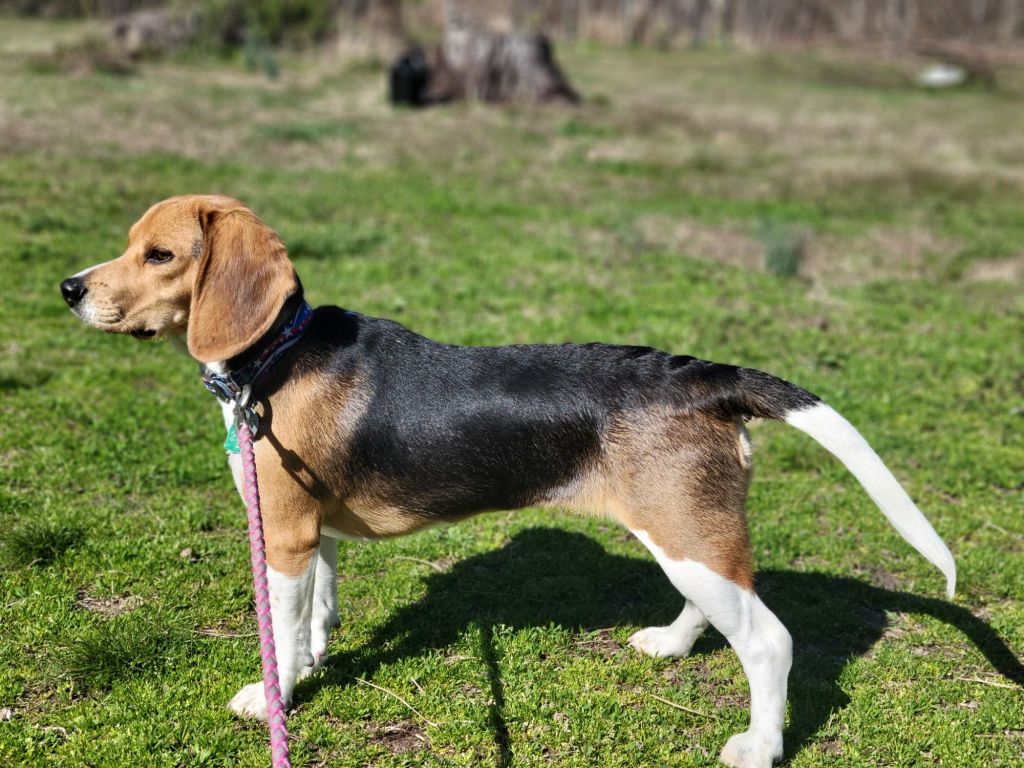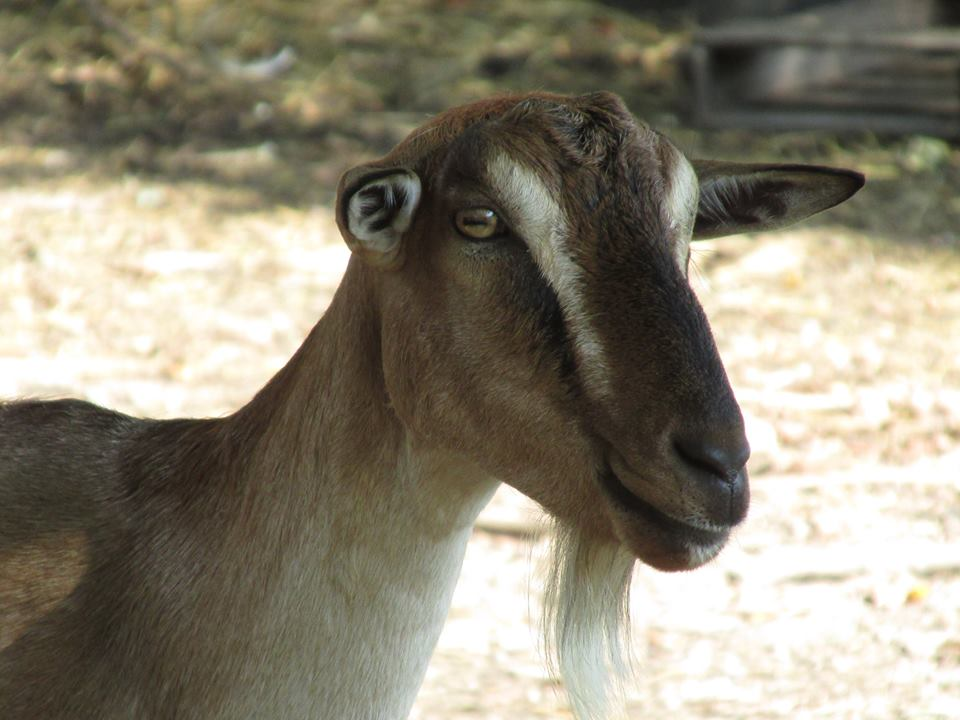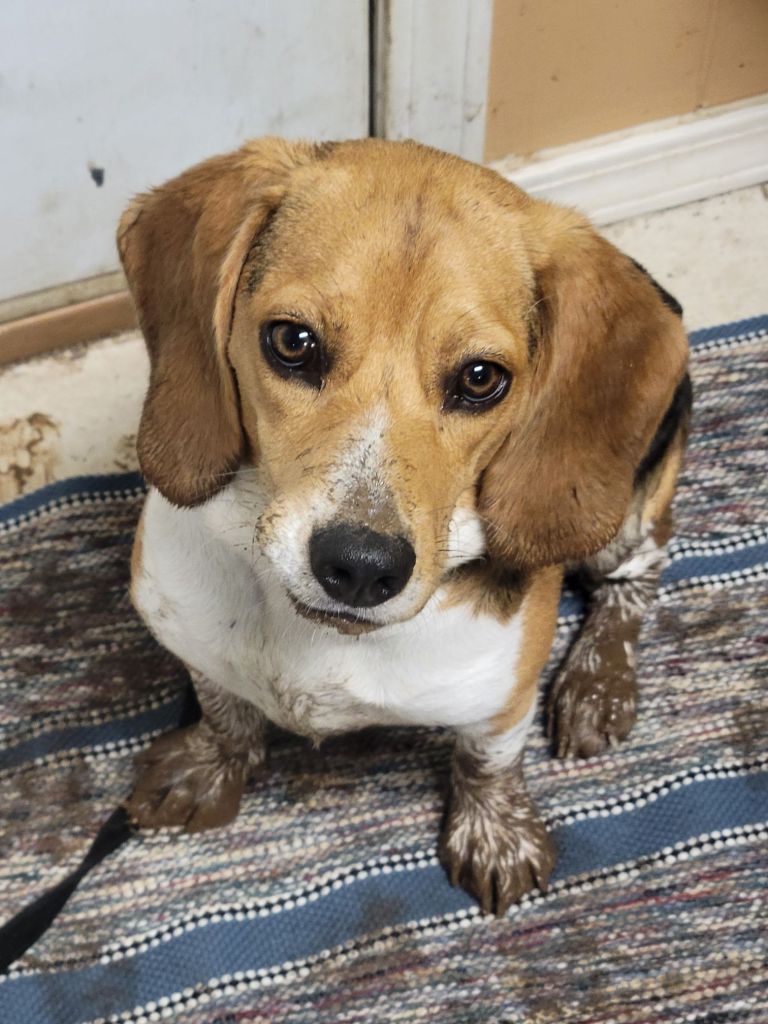
I thought I’d share about a dog today that unfortunately I don’t think we ever took pictures of.
In Tahlequah right now, they have the Red Fern Festival going. I don’t know if I’m going to make it into town this year to be able to go.
That said, it was the film Where the Red Fern Grows that had kick-started my love of hounds. I was about 6 years old the first time I saw that movie.
By the time I was 7 years old, I was determined that I was going to own a redbone. My parents knew a redbone was really not a good match for me. I had just lost a dog when I was 7, and my parents told me that if I wanted a hound, they would get me a beagle. At that point in time, I didn’t realize what wonderful dogs beagles are and held fast in my desire for a coonhound.
My Dad decided that he was going to pick up a dog for me at the Fayetteville Animal Shelter on his way back to Mexico. At the shelter, he spotted a little red hound pup that the worker assured him was a beagle cross and would not get bigger than 40 lbs.
So, puppy came home with dad, and my siblings and I named him Coco. Not because of the hot chocolate, but because where we grew up, that word meant a lump on the head. If you don’t know, Coonhounds tend to have a bump on the back of their head. Yup, he was not a beagle mix.
He was also not going to remain at 40 pounds full-grown. Coco grew to be around 80-85 lbs. Hindsight being 20/20 I have to agree with my parents that we were not a good fit for a coonhound. That said, Coco was the coolest, and the orneriest dog I think we’ve had.
That dog fished! Not only did he fish, but he retrieved the fish back to you that he dived to catch. That was the cool part.
The ornery side of him dug Volkswagen sized caves under my mother’s laundry line whereupon Mom would suddenly disappear in a cloud of dust when the ceiling of the cave collapsed while she was hanging laundry. Mom and Coco didn’t like each other…..for some strange reason.
At one point, I concluded he was too much dog for a 7 year old little girl and gave him to my older brother. They adored each other. Don’t get me wrong. I fiercely loved Coco, but I felt like I was too little to manage all his energy.
Sadly, like I said at the beginning of this little write up, I don’t think we ever took pictures of Coco. I don’t think my parents had been raised taking pictures of their pets. Only family members. So it’s a miracle that we had pictures of any of my childhood pets.
That would account for why you see so many pictures of animals appearing on my Facebook page. I learned that sometimes pictures and memories are all that remain over the years of your pets, and unfortunately, they don’t live as long as we do.
Unfortunately, much like Old Dan and Little Ann, Coco had a sad ending. There was a Pepsi truck driver who really wanted that dog, and he kept trying to buy him from my brother. My brother absolutely wouldn’t sell him. So, one day when my brother had the dog walking in town on a leash on the sidewalk, the Pepsi truck driver drove up. He saw the dog and spoke to my brother about buying him again. He got another refusal and ran Coco over with his truck. He then proceeded to chase my brother home, threatening to run him over as well.
Coco died about the time my brother and father got there from our house.
Dad took my brother to the Pepsi company to tell them what happened, but unfortunately because we were living in Mexico at the time, the company wouldn’t do anything about their worker, and we didn’t have the legal rights to sue them over the death of our dog and the terrorizing of a young boy.
I have to admit that it certainly left me with a grudge against the Pepsi company and to this day, I won’t touch their products.
That said, I have a life long love of hounds, and after Coco my family got our first beagle who caused me to fall in love with beagles in particular. I did learn through owning Coco that Coonhounds really should have homes that can give them lots of exercise and mental stimulation. The lack of those two things were the root of what we chalked up as him being ornery.
If you read Where the Red Fern Grows, and think you want a coonhound, please really do your research. Like myself, unless you lead an incredibly active lifestyle, and have a lot of patience, chances are, you would be better suited with a beagle like Daisy.
Until next time,
Emily
